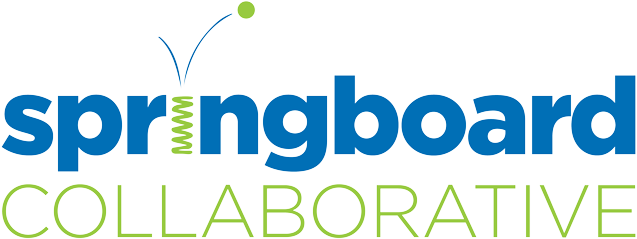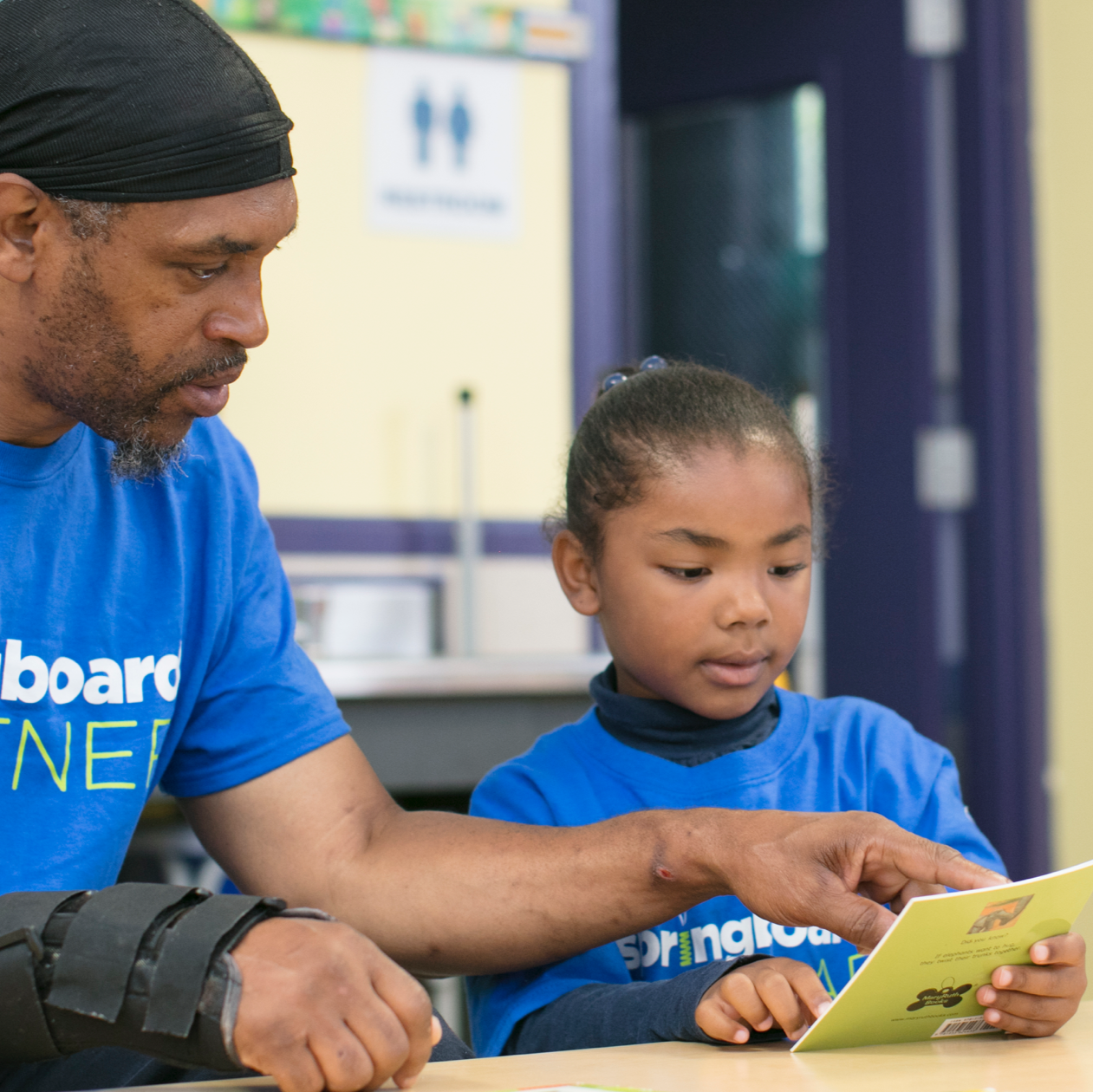Every two years, the National Center for Education Statistics (NCES) conducts the National Assessment of Educational Progress for grades 4, 8, and 12 in a variety of subjects. NCES’ most recent assessment revealed that reading scores fell by the largest margin in over three decades, and that students from marginalized groups suffered the greatest losses. A member of the assessment’s governing board concluded, “I don’t see a silver bullet beyond finding a way to increase instructional time.” He pointed to a set of solutions around which there is broad consensus: tutoring, summer school, and extended school days.
This post, the first of two, examines how building strong family-educator partnerships can enhance the development of literacy skills in children from historically marginalized communities.
Surprising Facts about Literacy Achievement
While tutoring and extended school days should be pillars of any school-based literacy strategy, they fail to achieve peak value if they overlook the potential to nurture high quality home reading habits. Engaging families in their children’s learning is the only wide-reaching, cost-effective, and culturally-responsive way to increase instructional time and accelerate learning recovery. Springboard Collaborative strongly believes that school-based reading supports must be complemented by at-home practices in order to yield sustainable reading outcomes.
The data reveal some surprising figures regarding literacy achievement:
- 90% of children who end first grade reading below a proficient level remain poor readers by the end of fourth grade.
- 68% of America’s fourth graders read at a below-proficient level. Students who are behind when they start kindergarten make up the largest portion of children who leave school without a degree, with fewer than 12% of these students attending college.
The reading divide and its consequences become even starker when overlaying demographic data:
- 80% of all fourth graders reading at a below proficient level are from low-income families.
- Nationally, only 9% of low-income students earn a college degree compared to 77% of their high-income peers.
- Black and brown students may lose 15-18% of their lifetime earning potential as a direct result of learning disruptions.
Enhanced Opportunities for Reading
The education sector focuses on school improvements to address the problem, fixating on the 13-25% of waking hours that students spend in classrooms. The prevailing belief that schools alone can close the achievement gap simply doesn’t hold water. A recent study found that gaps in achievement between the haves and have-nots are mostly unchanged over the past half-century despite billions invested in classroom intervention. While focusing on classrooms, the education sector has overlooked families, often treating them as liabilities rather than assets. This omission leaves the door open for inequity to run rampant.
College-educated parents have quadrupled their time and money investments in their children’s primary and secondary education over the past decade, while lower-income parents and those from marginalized groups are limited in these efforts by an opportunity gap. Nevertheless, parental involvement in their children’s learning is a more powerful predictor of academic success than any other variable, including race and class. Research confirms that families, not schools, are the biggest determinants of children’s learning. Further, Education Statistics Quarterly reported that children with a family member who reads to them at least three times a week are twice as likely to score in the top 25% in reading compared to children with a family member who reads to them less than three times a week. School systems must prepare teachers to meaningfully engage families as partners to ensure that students learn continuously at home as well as at school.
Springboard Collaborative Founder and CEO Alejandro Gibes de Gac observes, “Parents are the experts on their children, accumulating a wealth of knowledge about their children as learners. Moreover, parents have the unique opportunity to read with children in a one-on-one setting; there is no smaller classroom than a family’s living room.”
By recognizing and embracing the untapped potential of families as partners in their children’s literacy development, educators can close the equity gap that has long hindered the academic progress of students from marginalized communities. To explore the data we’ve collected and learn more about the impact that families can have on their kids’ learning, stay tuned for the second installment of this post.

